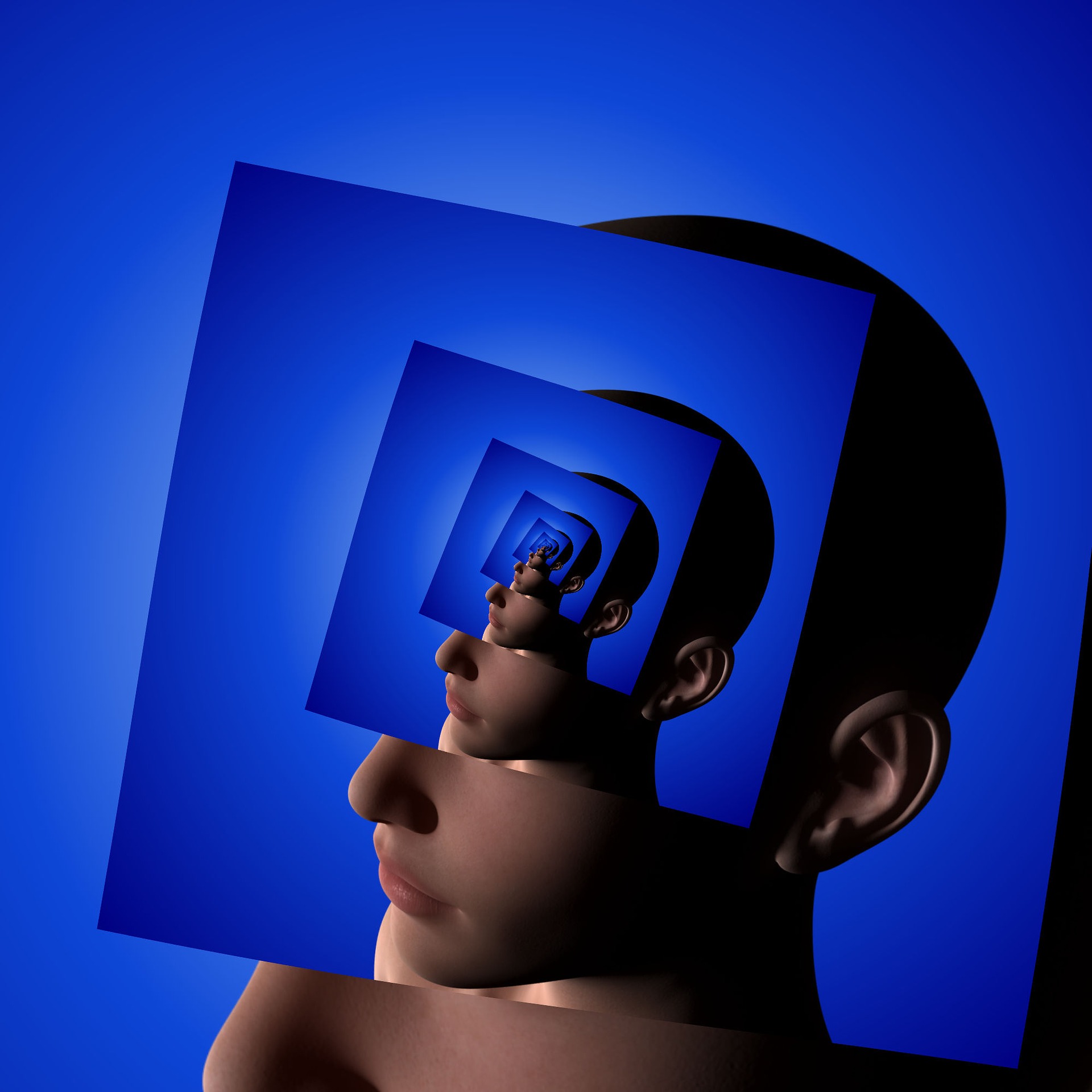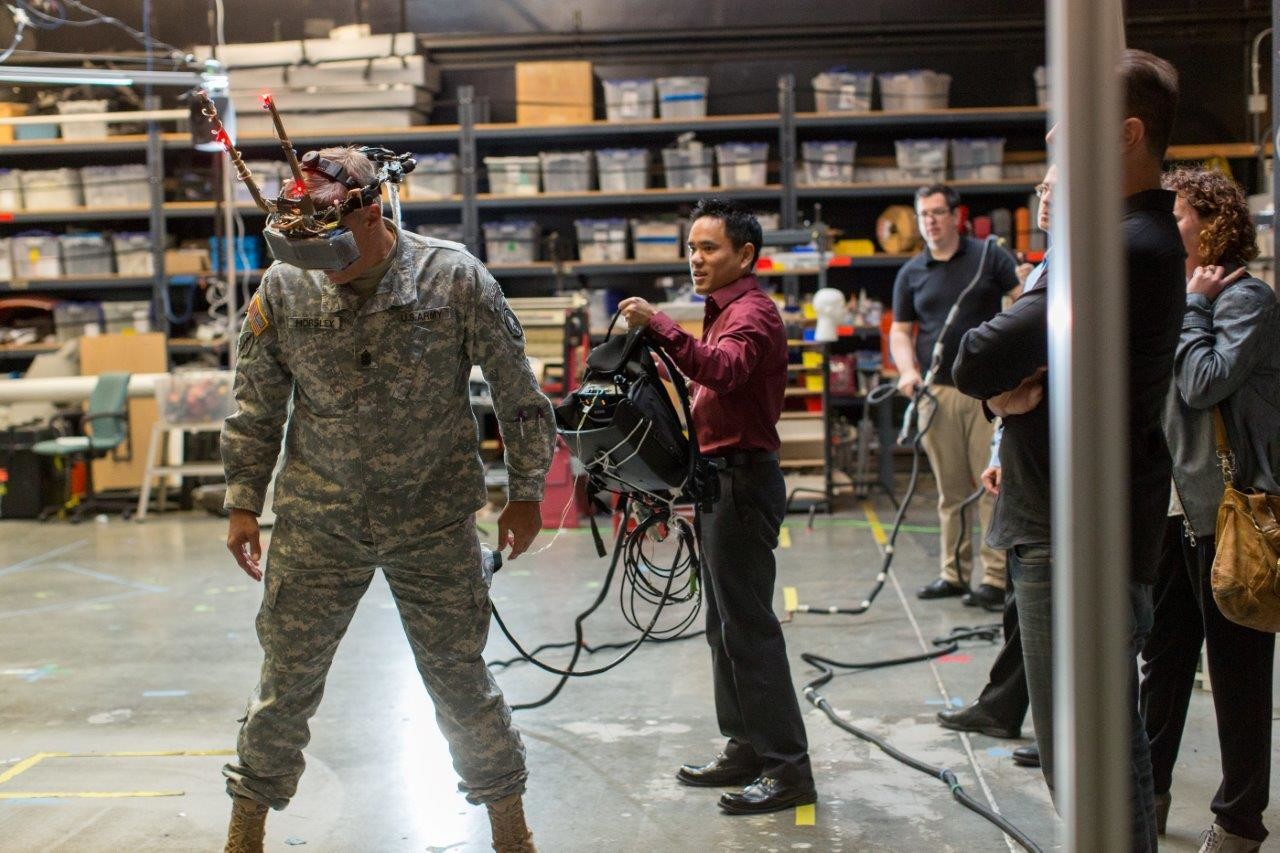Virtual Reality Therapy & Mental Health
Mental health and wellbeing is an ongoing issue, both in Ireland and worldwide.
A study carried out by Healthy Ireland found that approximately half (52%) of the people surveyed have had some experience of people with mental health problems. These experiences are most likely through friendship (36%), with approximately a fifth having experience through work, neighbourhood or living with someone (22%, 20% and 18% respectively).

With such a large number people being directly affected by poor mental health; the need of effective and appropriate treatment methods is a necessity.
There are some barriers that people may feel stand in their way of stepping forward and receiving the necessary help they need to deal with their problems. They may feel embarrassed from the perceived negative stigma that comes with admitting they have a mental health issue, or the idea of seeking help from friends or a professional is intimidating to them.
Virtual reality is a technology that is coming into the mainstream public’s eye because of its recent advances. Although it is only now breaking significant ground; this technology has been around for many years and it has not just been used for immersive gaming and interactive advertisements.
The term “Virtual Reality Therapy” was coined in 1992 in a dissertation proposing that VR could be used to treat a number of different psychological conditions. These ailments can range from anxiety and depression to PTSD (Post Traumatic Stress Disorder).
Exposure Therapy
Exposure therapy is a method of treatment where the patient is exposed to the source of their anxiety within a controlled environment; with the aim of desensitising them to the cause of their issues. For example, a person suffering from arachnophobia would be shown photographs of spiders over a consistent period of time. The aim being that they grow used to being exposed to what troubles them and over time they become indifferent towards it. In the case of arachnophobic individuals, gradually building up to the stage where they can hold a spider in their hands without feeling fear or anxiety. Phobias such as a fear of flying, a fear of heights and claustrophobia can all be treated in a similar manner.
Virtual Reality Therapy
This is where virtual reality comes into play. The completely safe and controlled environment of the virtual world allows mental health care professionals to expose their patients to a fully immersive world containing the source of their anxiety; all from the safety of their armchair.
The US military has been experimenting with this therapy to treat PTSD among soldiers who have been mentally affected from combat situations. Patients are virtually transported to the streets of Iraq, with other immersion techniques such as vibrations mimicking distant gunfire and explosions and even smoke smells and dust being introduced to the therapy. The Bravemind research project has been in operation for more than 11 years, with successful results. This virtual reality therapy has helped numerous soldiers sleep without the use of medication and reduced episodes of panic and anxiety.
The potential video game like and fun-filled experience that VR provides also lends itself to cater to children in need of therapy. A study was done involving children aged 7-13 who suffered from social anxiety as a result of autism. Scenarios that the children found stressful; such as travelling in a vehicle or being in a crowded supermarket or classroom, were virtually recreated. After participating in the study, eight of the nine children were able to tackle their phobia situation. Four of the participants completely overcame their phobia.
Promising Signs
Although still in the early stages; virtual reality therapy shows promising signs of effectiveness. The main issue in the way of its full adaptation is the cost and quality assurance of the treatment. As virtual reality gradually becomes more of a mainstream consumer product, the eventual ease of access and improved affordability will mean that advances in virtual therapy programmes will also improve.
More than half of Irish people having suffered from or known of someone who suffers from mental health problems. There simply are not enough professionally trained individuals to provide adequate treatment for everyone who needs it. VR has the potential to make therapy more accessible to those who need it most.
*If you struggle with any of the issues discussed in this article visit Mental Health Ireland

